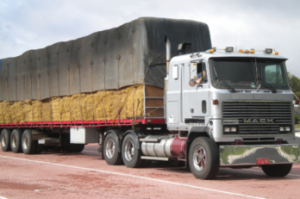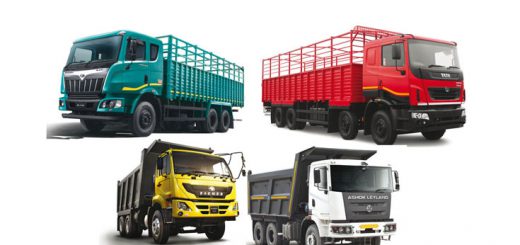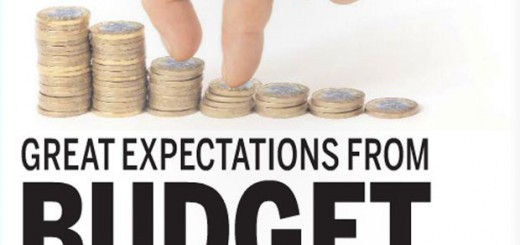Commercial vehicles may end up in slow lane
Sales of Commercial vehicles have slowed down since the second half of FY19.
After a year of rapid growth, the Indian Commercial vehicles market is set to witness a modest pace of expansion this fiscal, ahead of the industry’s adoption of stricter emission standards from April 2020.
The market was betting on expected pre-buying in the second half of FY20 before expensive BS-VI vehicles roll out in April 2020, to sustain double-digit growth. But slowing consumption and industrial activity could weigh on the commercial vehicles market, moderating the pace of growth to single digits.
Girish Wagh, president of the CV unit at Tata Motors, said the market may slip to a single digit growth even after the expected pre-buying. “Manufacturing output is slowing, consumption is slowing, and so is execution of infrastructure projects,” said Wagh. “This is having a compounding effect on demand.
Retail growth may be in double digits, but due to transition from BS IV to BS VI, the stock will be calibrated.”
New axle-load norms implemented in September 2018 led to increased capacity of 15-20% overnight, and that is still getting absorbed. NBFCs that finance more than half of new truck sales are not in robust health and tight liquidity is affecting vehicle financing.
To be sure, sales of commercial vehicles have slowed down since the second half of FY19. Sales of medium and heavy commercial vehicles (MHCV) fell in five out of the last six months. MHCV volume growth in the second half of FY19 fell 4.5%, compared with 62% growth in the first half. In April, MHCV sales dropped 14% to 28,604 units. The head of the CV business at Tata Motors believes a clear mandate for the ruling coalition should accelerate federal investment on infrastructure, helping drive the demand for trucks.
Wagh, however, is worried about the trend in oil prices. “If oil prices go up, the rise has an impact on government finances and that may have a say on spending. We have seen the right intent from government and central bank to kickstart demand, and one is hoping for a pick-up in H2.”
Meanwhile, the light commercial vehicles segment, which has been one of the fastest growing in the Indian auto industry, is dependent on consumption-driven sectors and ecommerce. Irregular monsoons or slowdown in consumption can adversely affect the growth. It expanded 19% in FY19 but analysts expect growth to be moderate this fiscal due to high base effect. LCV sales fell 1.1% in April to 43,955.
According to rating agency ICRA, vehicle prices could increase 10-12% from next April when new emission standards are adopted. That should lead to strong pre-buying in H2 of FY20.
Shamsher Dewan, V-P and sector head – corporate ratings at ICRA, has retained the 10-12% growth rate target for FY20, but cautioned that if the ongoing NBFC crisis continued, ICRA might have to review its forecast, with a downward bias.





Recent Comments